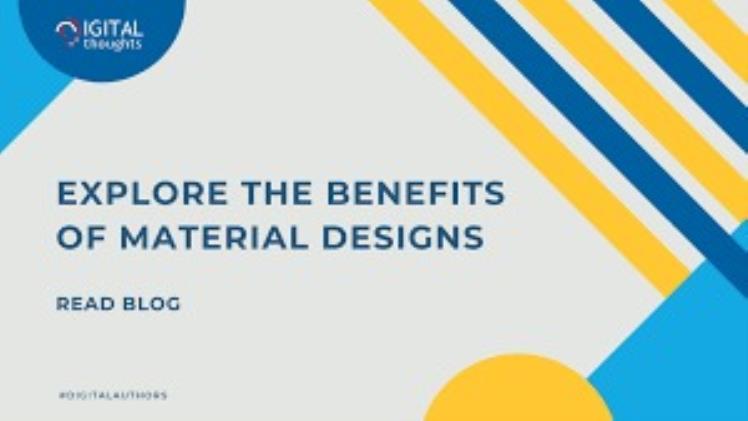
Material design is Google’s unified style for Android and Web apps. It relies on principles such as proper animation, responsiveness, and the clever use of colors and shadows.
Materials are an integral element of user interfaces and allow designers to craft intuitive user experiences that make the most of their technology. Furthermore, materials provide a standardized look, feel and function across devices so all designs adhere to the same style guide.
Constructing websites and apps that are both visually pleasing and user-friendly can be challenging, but with the right guidance it’s possible. Here are some key points to take into account when designing your next material-themed product:
First and foremost, remember that Material Design is all about giving users a sensory experience of being part of the real world. Therefore, use realistic light and shadowing in your design to improve visual hierarchy and enable users to comprehend what’s going on at any given time.
Second, consider that Material Design utilizes 3D forms for objects to add more depth to the user interface (UI). This is an essential aspect to consider when creating any application, as it gives your product a more realistic feel and increases engagement with users.
Third, ensure all your components have a consistent shape and size. Icons in particular should have an upright geometric shape with no loose ends or unevenness, set at 4.5:1 ratio so they fit the theme without becoming too small or large.
Please visit for more information: Publix Passport
Fourth, ensure your text and typography are clearly defined and readable on various screen sizes. Furthermore, create plenty of white space in your designs so users can quickly identify different elements without having to scroll or click too much.
Fifth, make sure all buttons and other components are organized neatly and easily accessible. Furthermore, utilize a consistent color palette for icons and other elements so they look professional in comparison. Doing this makes navigation much smoother as well as ensuring they stand out amongst competitors.
Finally, it is essential to be aware of the fonts you use. Material Design comes with two default typefaces – Roboto and Noto Sans – which support over 150 scripts and 800 languages respectively.
Furthermore, it has an extensive library of fonts so you can use them if desired. Furthermore, its Material Theme editor enables customization of your app and website according to your brand’s needs.
No matter your level of design expertise, there are plenty of online resources that can help you get started with Material Design. From tutorials and guides to free frameworks for getting the most out of your designs, there’s something to suit everyone.

